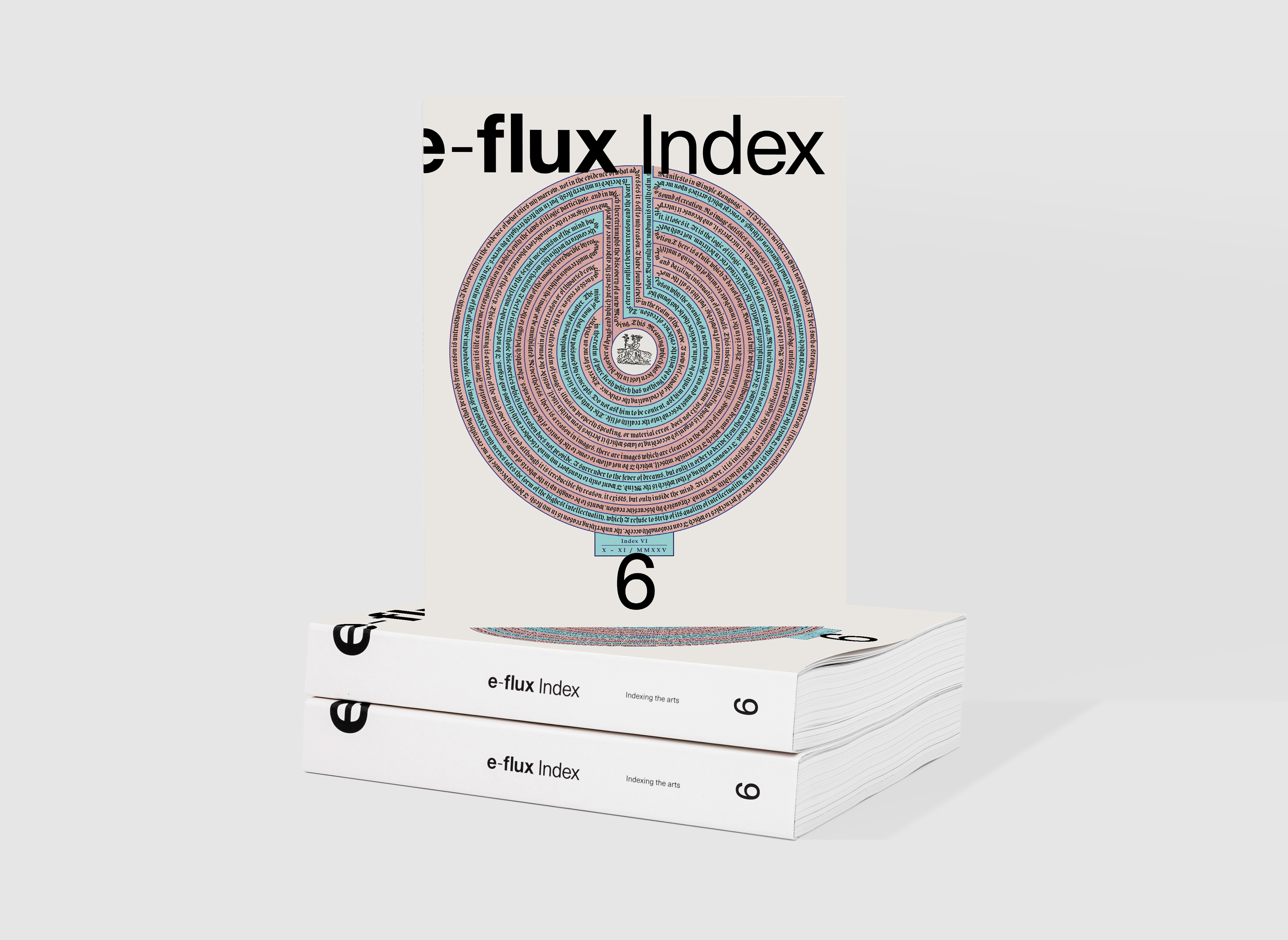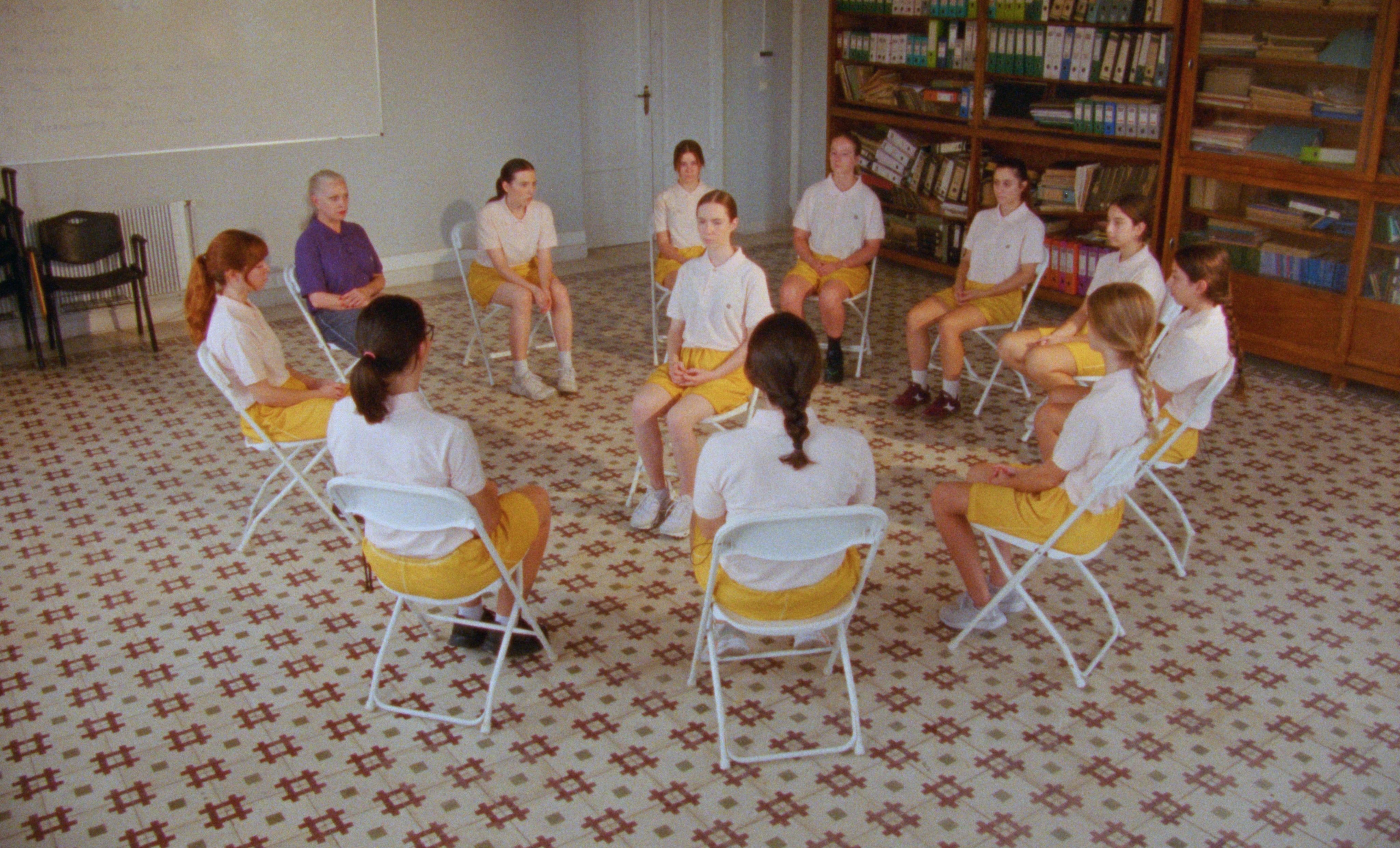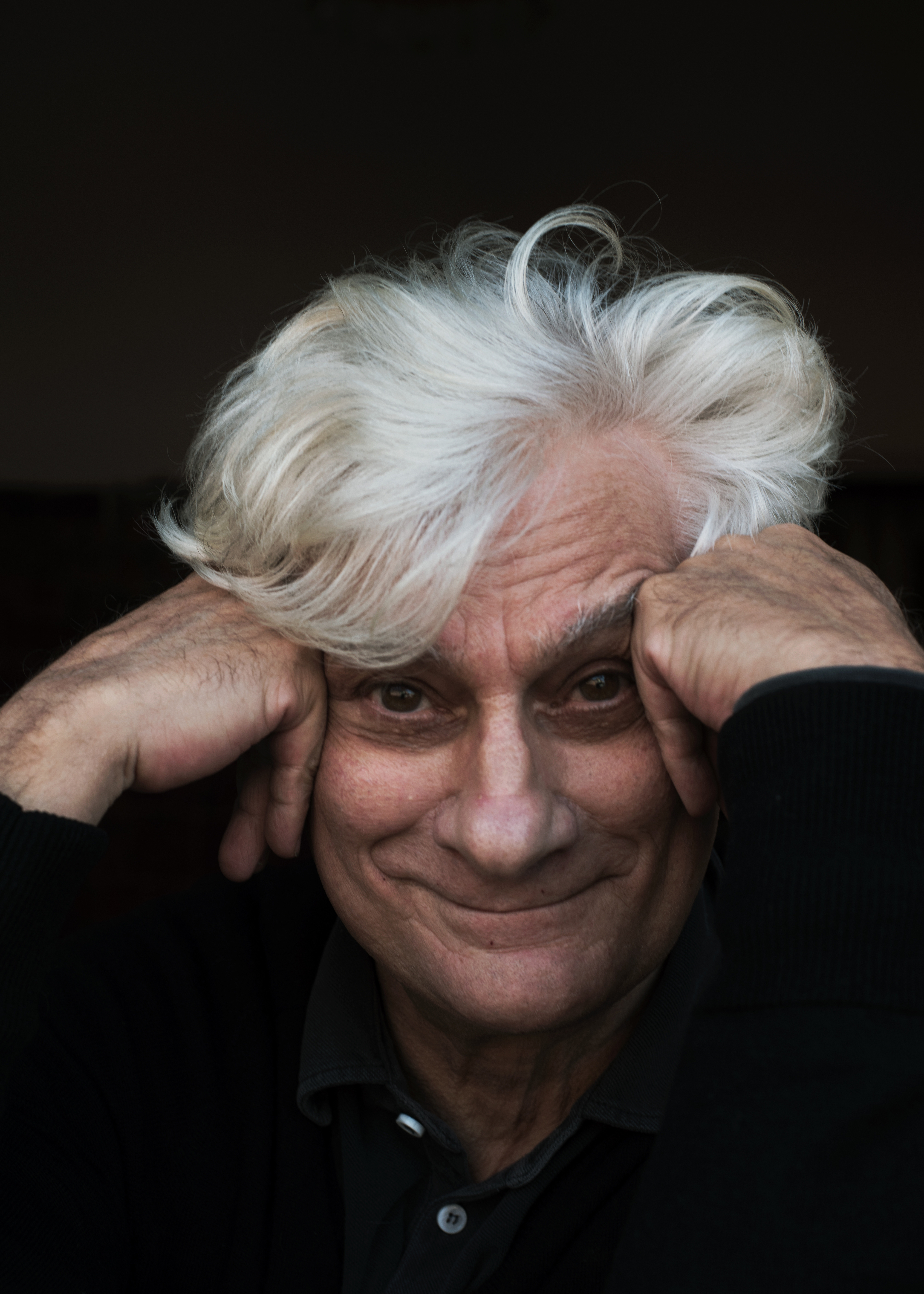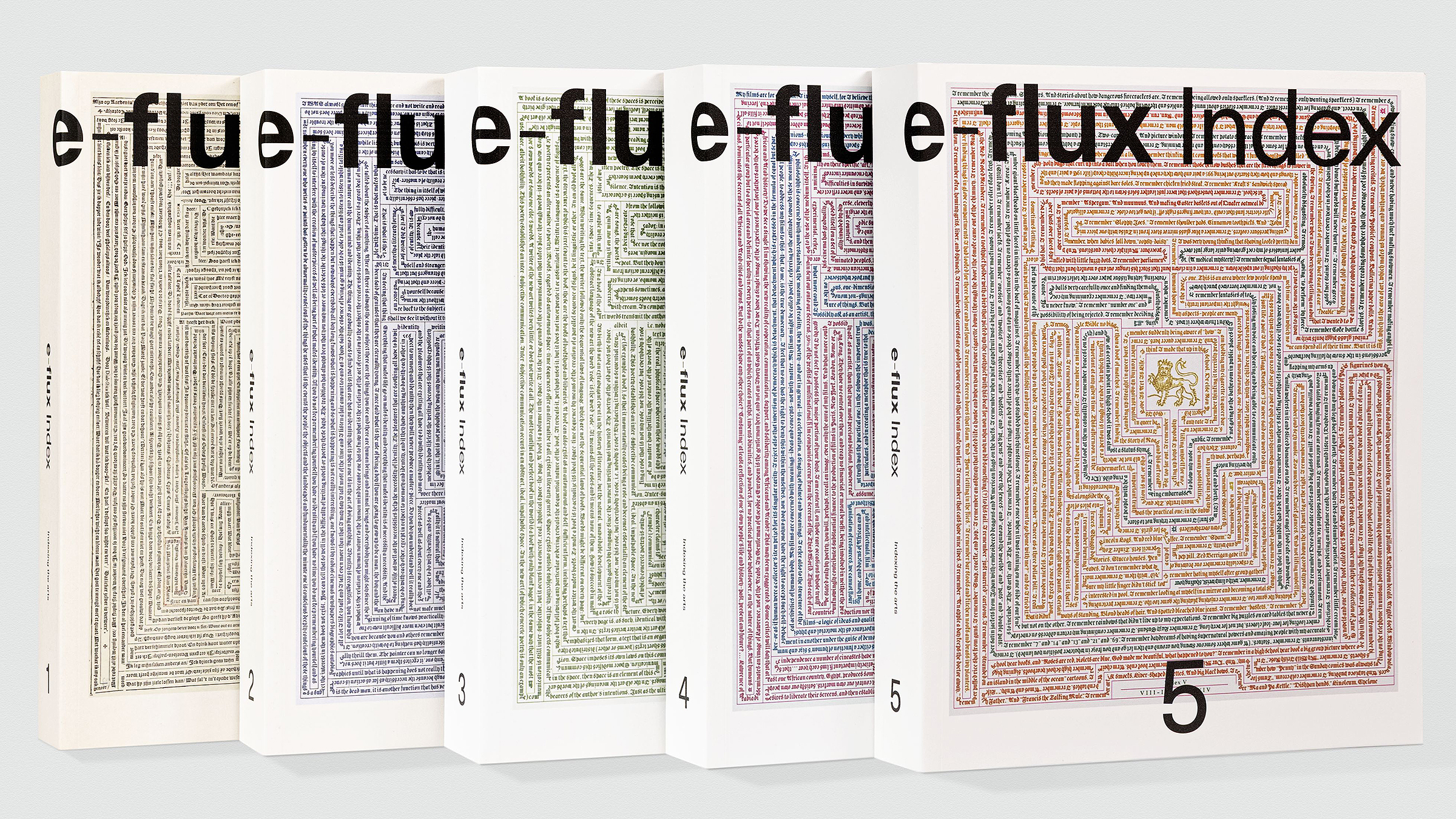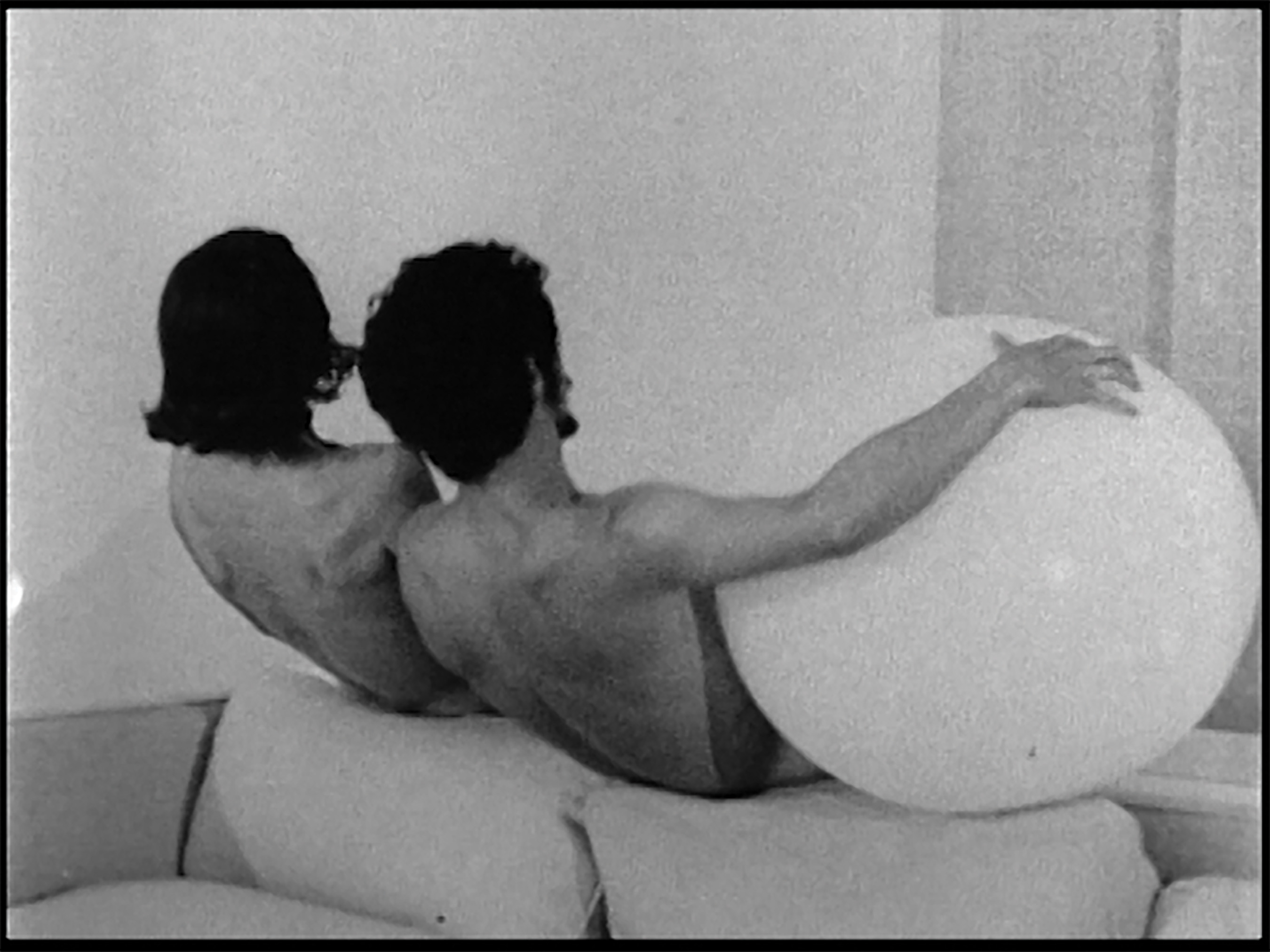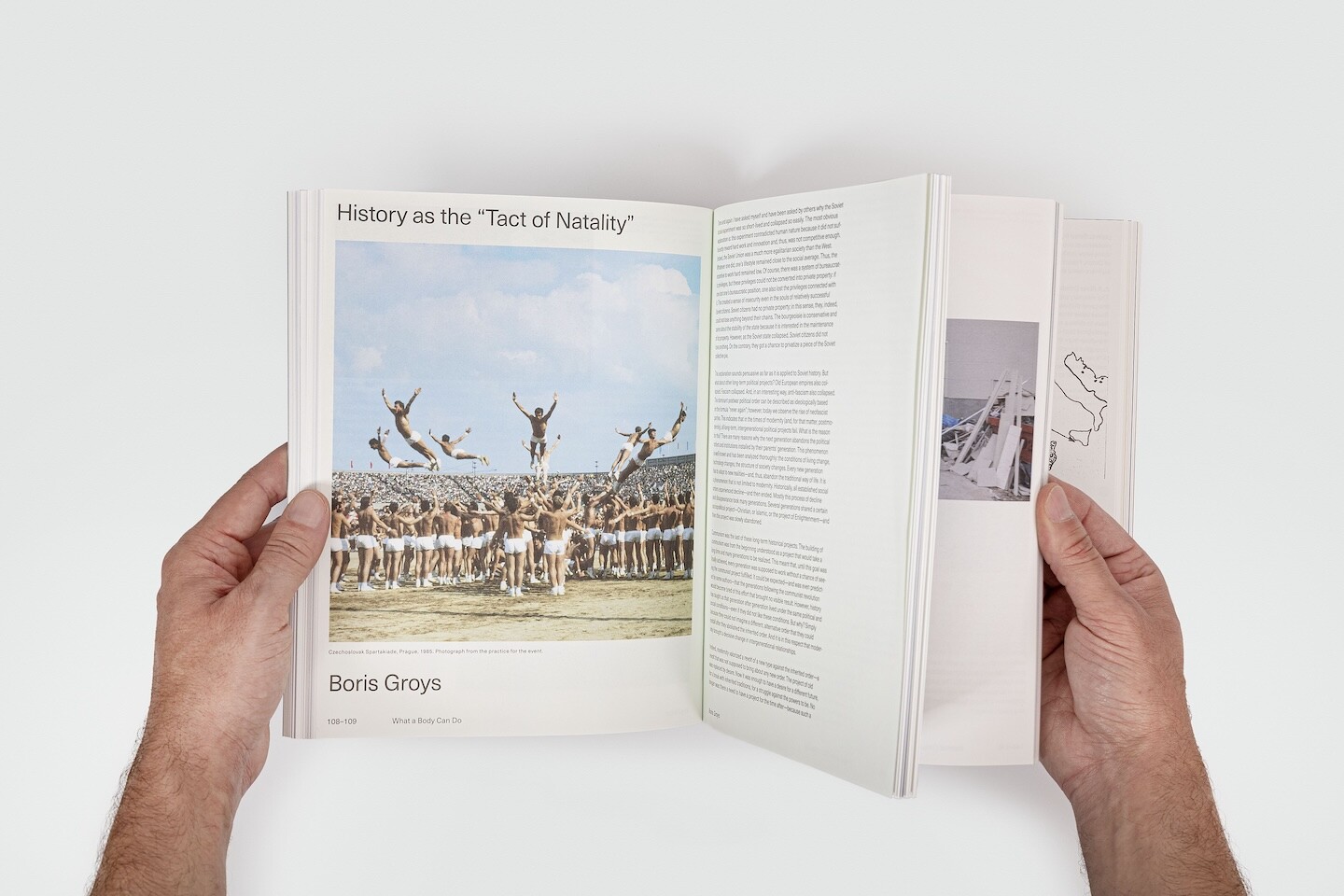Dear friends,
For the fourth week, e-flux journal brings you our new series of “readers”—thematic collections of essays from the journal’s deep archives. This week’s collection, on silence, came to us from a reader in Lucca, Italy, who chose the theme and selected essays amidst “the growing silence—silence which might be a feature of so many lives today as isolation grows deeper and faster within us.”
We invite you to visit the e-flux journal archive and send your suggestions for readers to reader@e-flux.com. Ideally, your suggested reader will include a title, a short abstract (100 words), and links to 8–9 e-flux journal texts.
—Editors
Reader #4: Silence
What's the value of silence today? Or the value of something that is untitled, and does not ask to be named? As a way of naming/non-naming an artwork, “Untitled” not only signifies and denies a name as such, but unsettles the plurality of meanings and consequences that might have otherwise been conveyed, linguistically at least. Silence, and its subsequent ambiguity, may be something sorely missing today, with the onslaught of noise that dominates the information sphere. With the following texts from the e-flux journal archive, we can ponder negation, the progressive verbalization of society, the chaos of noise, and the necessity of silence in titles, discourse, and meaning, broadly considered.
—Chiara Ianeselli, PhD Candidate, IMT School for Advanced Studies, Lucca, Italy
Elena Filipovic—A Museum That is Not
Issue #04—March 2009
A few years have passed since then and Duchamp is in a new city now. By this point, his utilitarian things already have a category name, a genre: “readymade.” Sure, Duchamp claimed that he had begun fiddling with them as a “distraction,” but already by 1916 he had decided to title each one of them. He had also begun to sign them, and to submit them to public exhibitions (even if that pretty much failed). In short, he treated them like works of art, even as he repeatedly denied their artfulness.
Joan Kee—Nobody Owns Me
Issue #96—January 2019
Contrary to US copyright law, which protects “expression” but not the idea from which it stems, and in alignment with art and commercial practice, the certificates of Gonzalez-Torres fixed his works as a function of their conception rather than execution. Early certificates specified how “the physical manifestation of this work in more than one place at a time does not threaten the work’s uniqueness since its uniqueness is defined by ownership.” “Uniqueness defined by ownership” referred to how the status of ownership depends more on whether the buyer has adhered to the conditions of each certificate than the physical expression of that adherence. For paper stack works, owners have the right to replenish the stack or simply allow the pile to disappear completely. The work need not be realized as a “fixed, tangible” object.
Daniel Birnbaum and Anders Olsson—An Interview with Jacques Derrida on the Limits of Digestion
Issue #02—January 2009
It would mean respect for that which cannot be eaten—respect for that in a text which cannot be assimilated. My thoughts on the limits of eating follow in their entirety the same schema as my theories on the indeterminate or untranslatable in a text. There is always a remainder that cannot be read, that must remain alien. This residue can never be interrogated as the same, but must be constantly sought out anew, and must continue to be written.
Martha Rosler—English and All That
Issue #45—‟Language and Internet”—May 2013
Migration of restricted discourses signifying expert engagement, however, requires more than a mastery of linguistic tropes; to avoid sounding ridiculous, one must learn when, where, and whether to deploy the terminology. Imitation, by cliché the sincerest form of flattery, may produce tortured language that unintentionally exposes one’s shortcomings. People aiming to sound learned or informed are often not very good at their highfalutin borrowings.
Nana Adusei-Poku—On Being Present Where You Wish to Disappear
Issue #80—March 2017
This experience of nothing(ness), bound to black experience, is absent from shows like Voids and No Show Museum, which make a claim to a universal (objective) status. The absence of the black experience remains foundational and marginalized for the whiteness that fills these spaces. How to bridge this consistent ontological gap in the framing and making of art?
Marta Jecu—Concepts Are Mental Images: The Work as Ruin
Issue #18—September 2010
A ruin is a virtual yet material space that carries within it multiple spatial forms—not only past versions of the same construction, but also the innumerable effects of its environment, crossed with other spaces to which it has been connected. A ruin represents not only the past, but, through its form in the present, the future as well. Through its progressive destruction, a ruin creates room for new spatial configurations in the future.
Debbora Battaglia—Cosmic Exo-Surprise, or, When the Sky is (Really) Falling, What’s the Media to Do?
Issue #46—“Accelerationist Aesthetics,” guest-edited by Gean Moreno—June 2013
Particularly as applied to accident insurance, which trades on hyper-vigilance, the capacity of content marketing to cut loose the awareness function of mainstream media suggests that this already has a naturalized place in the cultural order of things, or else is free to find one somewhere categorically other than compensatory security for purchase. The closest relative at hand is reportage—the technology of choice for delivering social facts for which relevance can be taken as culturally given, and social awareness as the primary work at hand.
Geert Lovink—After the Social Media Hype: Dealing with Information Overload
Issue #45—‟Language and Internet”—May 2013
This is not merely a question of distributing our concentration. When do we welcome the Other, and when should it be jammed? When do we stop searching and start making? There are times when our real-time communication weaponry should be fired up for mobilization and temporary specter dominance, until the evening sets in and it is time to chill out and open other doors of perception. But when do these times ever arrive?
April 8, 2020
e-flux reader: Silence



